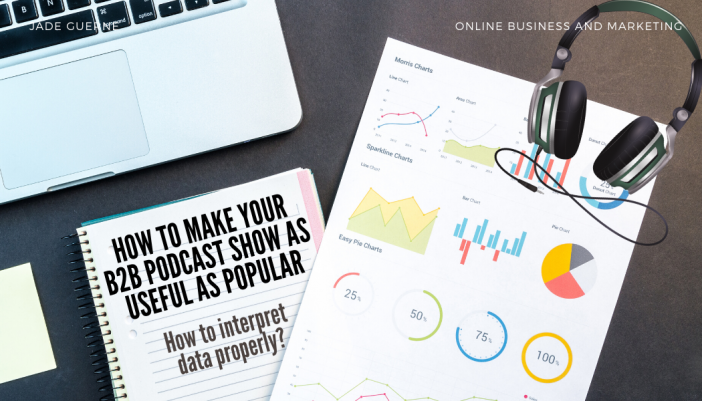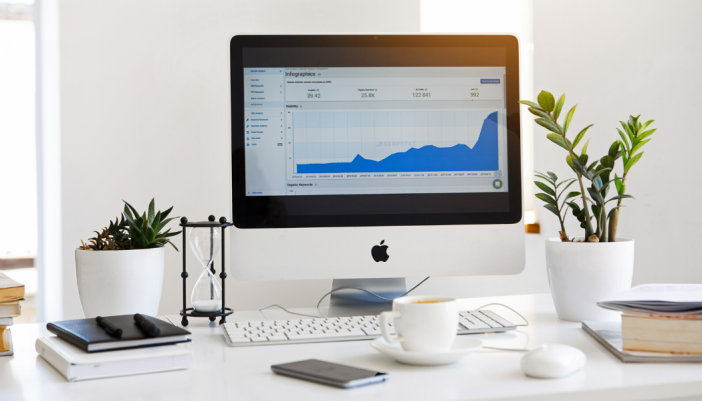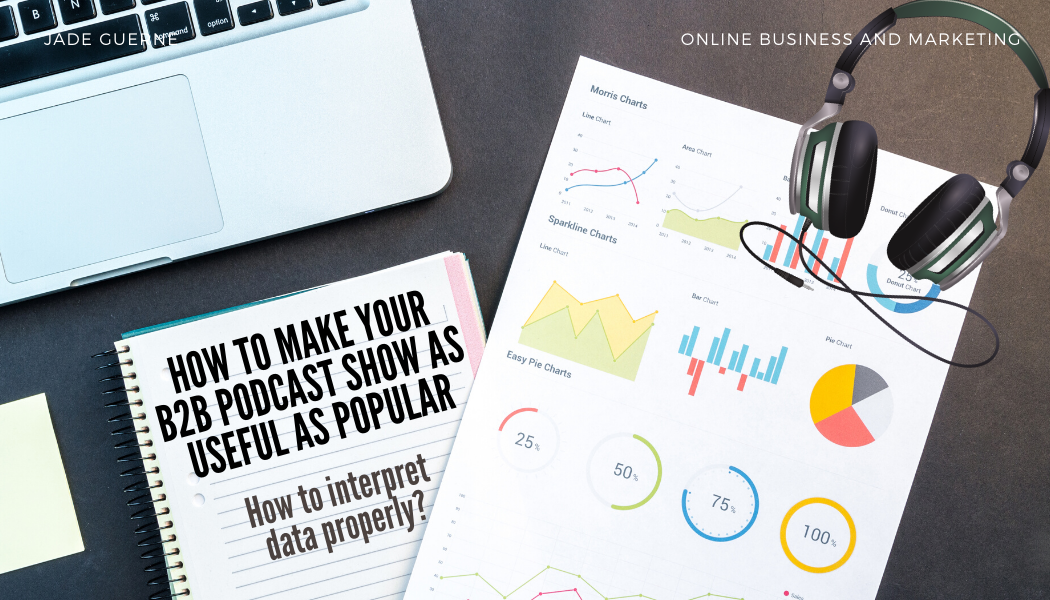
Hello everybody!
I am so happy to meet you again. Sorry for abandoning you last week. I am back with a new post regarding data and data analytics.
The world of data seems very clear and factual, full of figures that can only be fair and clear. Well… no! It’s not as clear as it seems. All these numbers can make you understand disturbing or depressing results, whereas if you are able to analyze them properly, not only do they often turn out to be less bad than first perceived, but they can also give crucial explanations on the steps to take to turn these bad results into future excellent numbers. To analyze data properly, you need to know your objectives clearly and explore the meaning behind the numbers.
Publishing podcasts every week means accepting that not all of our episodes will be enjoyed. This is normal and it is important to understand why some episodes are more popular than others. Then, let’s be clear, don’t lose energy with the episodes that people don’t really like.
Why is data analytics important?
- It allows you to target your audience better. It is key to determine what form of advertisement reaches your customers. Also, the information you get allows you to save lots of money.
- It provides you with information about your customers. This is the best asset of data analytics or data in general: they know everything!
- It gives you a feeling of innovations. You get the trends that your customers are following and this allows you to be ahead of the curves.
- It will solve your problems. The data collected can give you an insight into a malfunction happening in your company.

How to interpret this data properly?
In sociology and psychology, the numerical presentation is the result of a computer coding of human situations and behaviors which gives only partial information since it is quantifiable. The information contained in these codings is not at all exhaustive, ignores the feeling.
- Weigh the importance of the results according to the response rate: is the response rate high enough to make the sample representative?
If the response rate is low, I advise you to qualify the results. Quantitative data may not be representative of your audiences’ opinions. Nevertheless, you can draw on free comments and your own assessments to make observations about your results. - When you have data to analyze, you’re faced with a whole bunch of numbers. Be careful to take only those graphs and results that can add something to your analysis. A number can be very flattering, but it can be of no use at all. For example, your podcast channel is in German and Italians listen to it a lot.
- Understand what these numbers mean to you. If a podcast is listened 200 times, and another one only 4 times. Ask yourself: is it the subject, the quality of the audio or the discussion, how you shared it on the networks,… There could be a hundred explanations.

I haven’t talked about the basics in this post. There is a multitude of tools you can use to analyze data but the most common one is Google Analytics. I found help myself with this tutorial:
https://www.youtube.com/watch?v=xZbd_yEN5nE
And do not forget that these numbers should have only one purpose: help you get better. Do not let them affect your motivation and make you think what you are doing is useless.
Thank you so much for reading and if you need more inputs for your podcast show, here are the links to the previous posts:
- Subject and Audience
- Conduct of an Episode
- Key Figures Worldwide (VIDEO)
- The best Platform
- Challenges due to Covid-19
- Dos and Don’ts
- Promotion on Social Media
See you next week and stay healthy!



